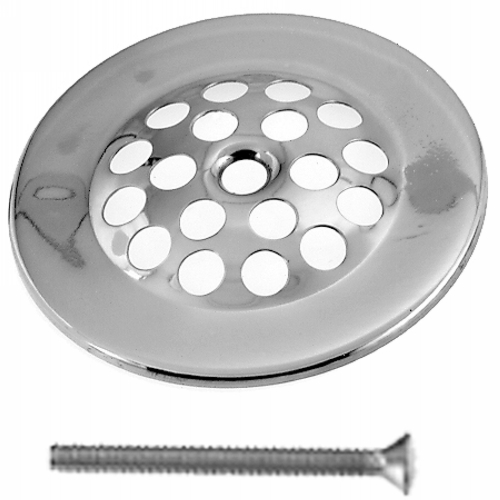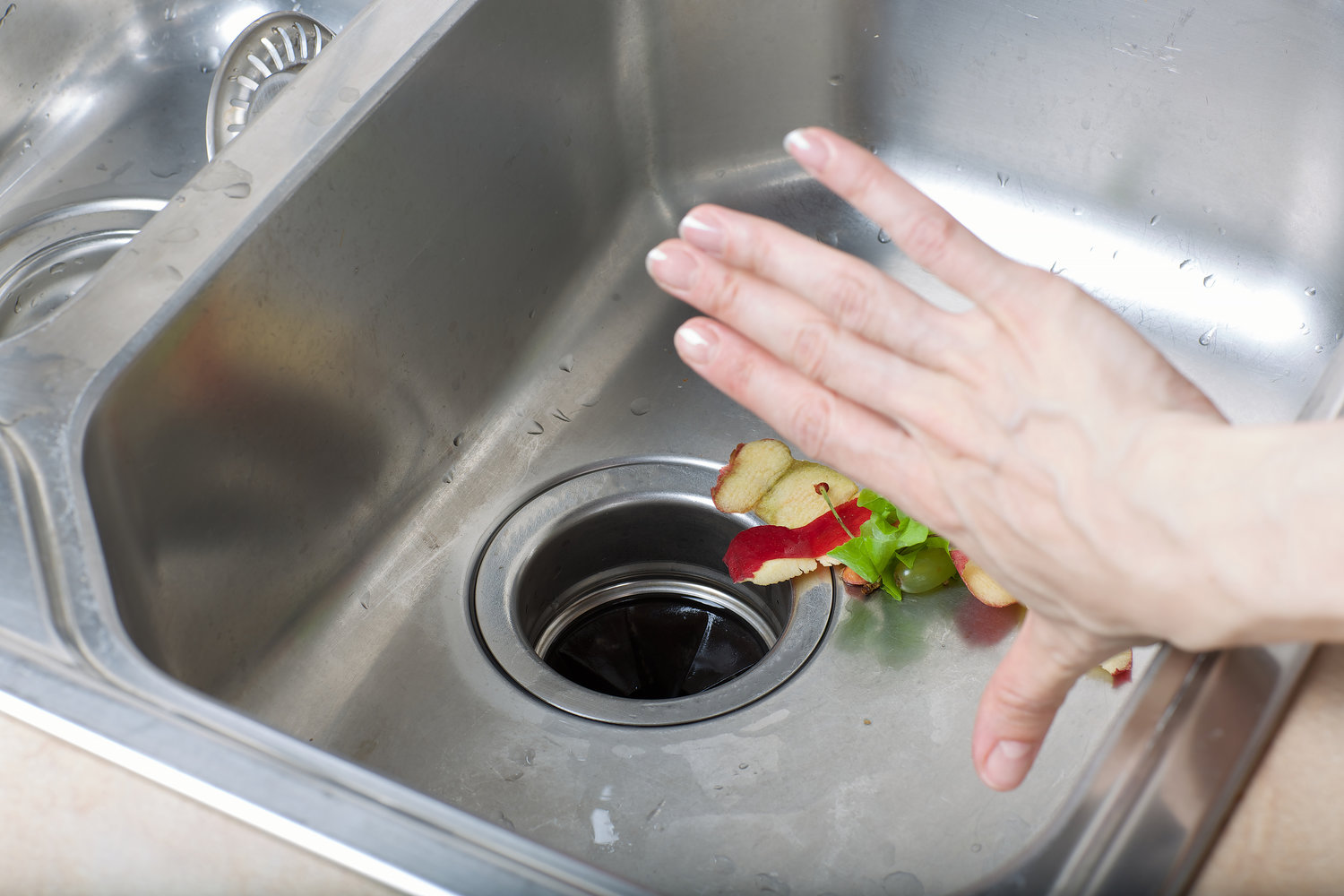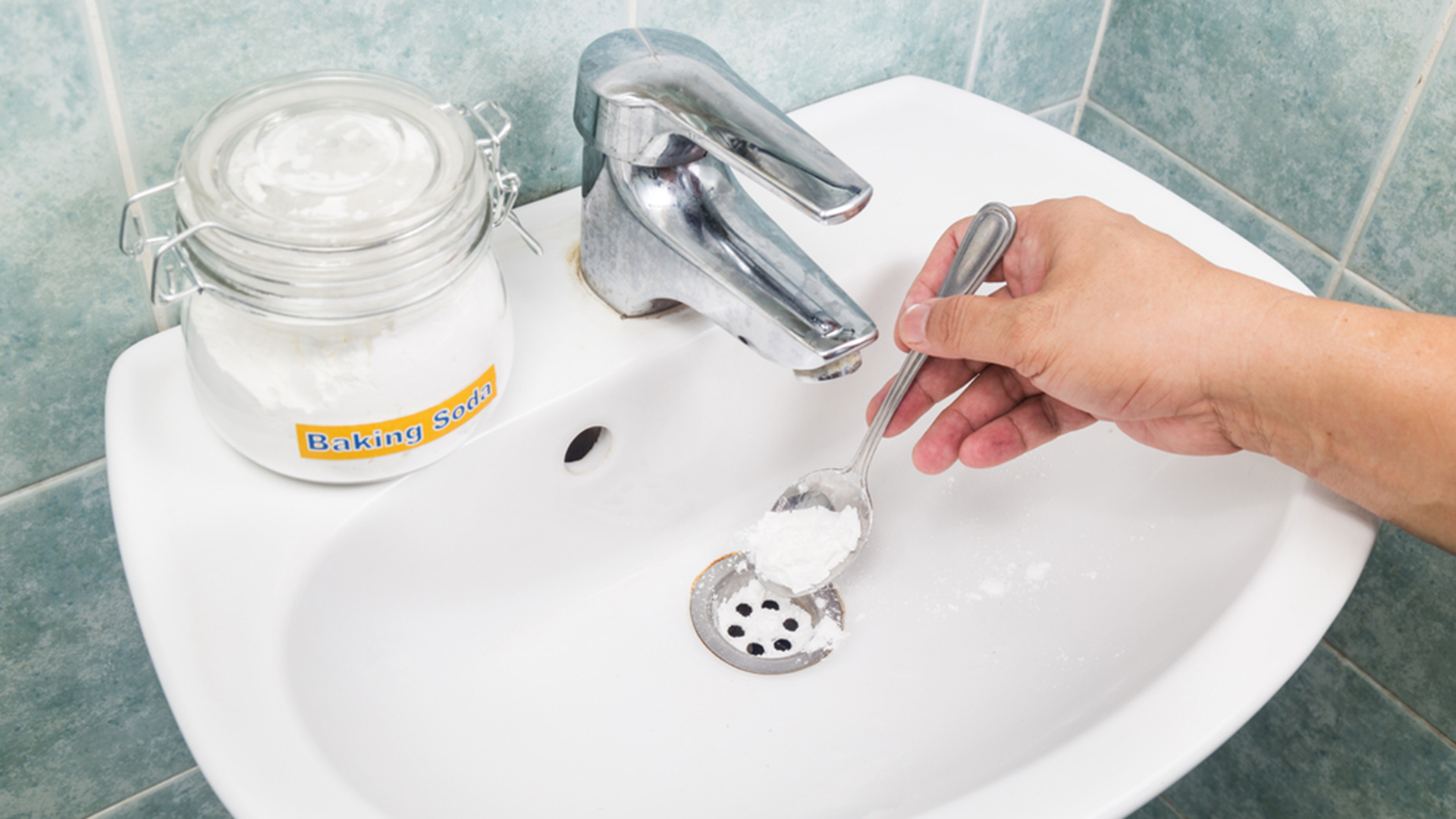Your household’s plumbing system should never go unnoticed. And if it does, then you’re inviting serious trouble on your end both financially and physically.
Not only will the aftermath of your negligence result in virtually insurmountable costs, but it could also damage your pipes and the structure of your house that would destroy it from the inside, including furniture, appliances and the rest of your personal belongings.
And if that wasn’t enough, a running toilet or a dripping faucet usually leads to thousands of water gallons being wasted in a single year. This would be more hectic on your wallet should you do nothing about your plumbing problems.
It is for those reasons that we have prepared this article as a means to lessen or rectify such issues.
Here are some of the finest DIY tips you can use to take care of any of your house’s plumbing dilemmas before they get out of control:
1. Get a Drain Screen

Drain screens are an affordable solution and can be bought from your local hardware store. The screens typically come in either metal or plastic, as well as in various shapes and types. Some come for kitchen sinks and others come for toilet drains and bathtubs.
Side Note: I have personally no trouble getting any of those as there is a plumbing supply store near me.
You can get one for each drain inlet inside of your house. The screens are very useful as they prevent food particles, paste caps, pieces of hair, and other small items from entering and clogging your drain.
2. Fix Any Running Toilet
Every modern-day citizen has experienced a running toilet at some point in their life and so have you if you’re reading this. Although jostling the lever of your flush can take care of the problem, it can only do so for a short while. And if your toilet continues to remain as it is in a less-than-optimal condition, it will surely lead to an exorbitant waste of water eventually.
But in spite of such a problem, it can be fixed by your own hands, rather than calling for a professional to do it for you. Here are the steps you need to follow:
Test the flapper
Check the fill valve for a leak
Remove them and replace the old toilet fill valve
Install the new fill valve
Connect the fill tube
For clearer details, look up reliable or high-rated online tutorials and videos.
3. Don’t Throw Things Into Your Drain

Any item that is too large to go down the drain must be avoided at all costs. If you’re a responsible adult, then there’s no need to tell you this. But if you or anyone else in your house has kids, then this point should be kept in mind. Various kindergarten or elementary-school-going children are fond of throwing things down the toilet or the drain that could potentially clog it.
So to take care of this, you should take it upon yourself to educate your children about not throwing items into the drain. Even light items such as tissue paper, plain paper or condoms must not be dumped into the pan. Toss any leftovers from your plate and into the garbage can instead of your sink.
4. Avoid Using Chemicals to Deal With Clogs
Sometimes, it can be tempting to use liquid drain cleaning chemicals down the drain to get rid of soap, hair and other items that clog it. Although it is advertised for such occasions, there is no mention of the damage that it brings to the pipes, the environment and also our health.
Instead, you should use a drain snake or a plunger to get rid of those nasty blogs and also keep your plumbing equipment in exemplary working conditions.
5. Use Baking Soda for Your Drain Every Month

Unlike corrosive chemicals, baking soda does not corrode or weaken your drain pipes. Not to mention, they’re pretty cheap. All you have to do is pour about 60ml of baking soda into your drain or sink pipe and allow a bit of warm water to help the soda get through it more effectively. After that, pour over 240ml of white vinegar and wait for a couple of hours for it to dissolve any buildup in the drain. Then all that’s left is to flush the drain with hot water.
6. Be Wary of Water Pressure
Low water pressure is just as bad as it is high. The former is a sign of plumbing issue, whereby there is a clog somewhere in the drain, which is why less water is flowing through. But in the case of the latter, our whole plumbing system is bearing too much stress. If it remains as it is, the pipes, along with the joints that hold everything together will break apart.
To determine the intensity of the pressure, go to your local hardware or home improvement store and get yourself a pressure gauge. These devices attach to the draw-off next to your water main or an outside faucet for an instant reading.





